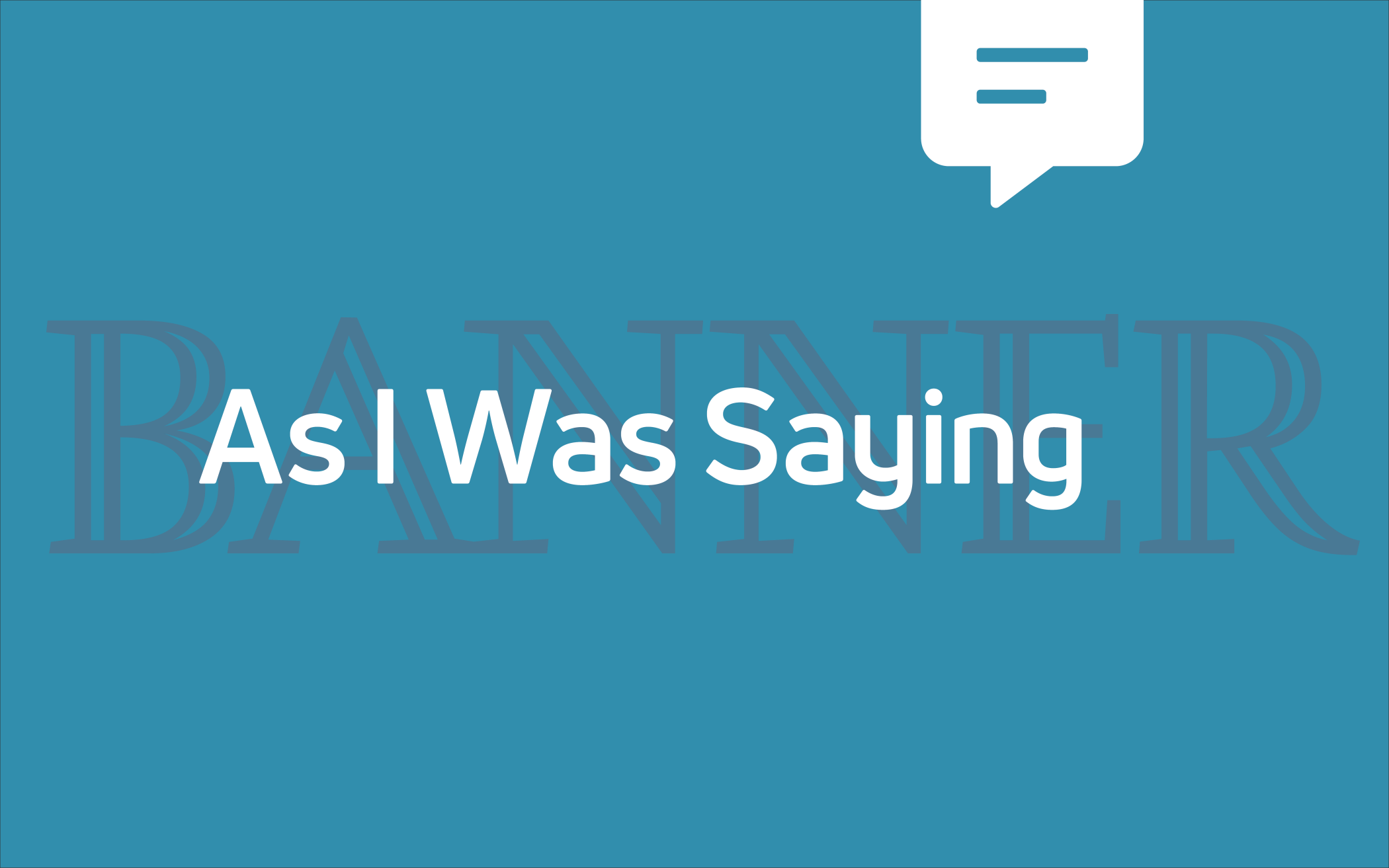As I Was Saying is a forum for a variety of perspectives to foster faith-related conversations among our readers with the goal of mutual learning, even in disagreement. Apart from articles written by editorial staff, these perspectives do not necessarily reflect the views of The Banner.
When the United States celebrated the first Earth Day on April 22, 1970, I was a young faculty member at Calvin College in Michigan, in my second year of full-time teaching. Concern about the environment had become an issue for the younger generation, and the Calvin students planned a special chapel service for the occasion, featuring hymns and readings about God’s love for the physical creation. All of this was accompanied by scenes projected onto a large screen.
The chapel speaker that day was one of my philosophy department colleagues, who commended the students for their commitment to environmental concerns. But he also expressed a mild criticism of the “slideshow” images they had assembled for the occasion. He pointed out that all the “good” scenes depicted rural settings, and all the “bad” ones showed us examples of urban degradation. Shouldn’t Earth Day also point us, he asked, to the ways in which people are working for beauty and justice in our cities? What about buildings designed to promote human flourishing? Or pictures of neighborhood kids playing together?
I don’t know what those students in 1970 had to do to put their slideshow together. Google makes it easy these days to assemble photos of just the right kind of urban and rural scenes to make whatever point we want to get across. And PowerPoint can help add all the bells and whistles we might wish for in a compelling presentation.
The underlying issue in choosing our pictures, of course, is what we want to say this year as we reflect upon the well-being of the Earth. If I had to choose a Bible verse for a sermon I would give this Sunday (April 22), on Earth Day 2018, it would be Psalm 24, verse 1: “The earth is the Lord’s, and the fullness thereof; the world, and they that dwell therein.” And I would encourage our taking an inventory of what is happening in “the fullness thereof.”
Taking that inventory in 2018 is not an encouraging exercise. The Earth is certainly full of bad things. My own slideshow would include bombed-out neighborhoods in war-torn countries, refugee caravans being turned away by armed military at international borders, children made ill by polluted water supplies, and polar bears standing confused on floating patches of ice.
And I would also have some very different “bad” scenes. For example: smiling men in suits standing behind the desk of a national leader who is signing legislation to allow commercial development on lands that were once protected as national parks. University students blocking the path to a lecture by a guest speaker who holds views with which they disagree. I’d even show some photos of selected tweets.
I would also find pictures, though, that give me hope. North and South Korean Olympic athletes marching under a common banner. Teenage survivors of high school shootings issuing passionate calls for justice. And I would include ordinary scenes that make me smile—kids of different races playing happily together on a playground, for instance.
I remember clearly a hymn the students chose for us to sing at that first Earth Day service. One of the most poignant lines goes like this: “O let me ne’er forget, that though the wrong seem oft so strong, God is the Ruler yet.”
I’d choose that one again for this year’s Earth Day. And I would sing it with a special emphasis on the wrong’s being still “oft so strong.”
The students who planned that first Earth Day event struck me as passionate about taking actions to change things. I hope they have followed through on their commitments over the decades. I see a similar passion in the students who are celebrating Earth Day 2018.
What is wrong on this planet is really still frighteningly strong. But for many of us, we can go on in faith to sing the next line, knowing that singing it requires renewed efforts from us for the sake of the Earth’s “fullness”: “God is the Ruler yet.”
© 2018 Religion News Service
About the Author
Richard J. Mouw, retired president of Fuller Theological Seminary, is newly appointed Senior Research Fellow at Calvin University's Henry Institute for the Study of Christianity and Politics.

